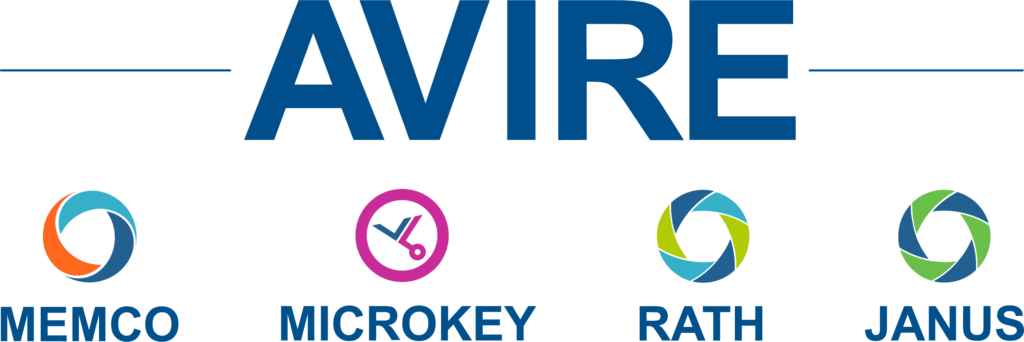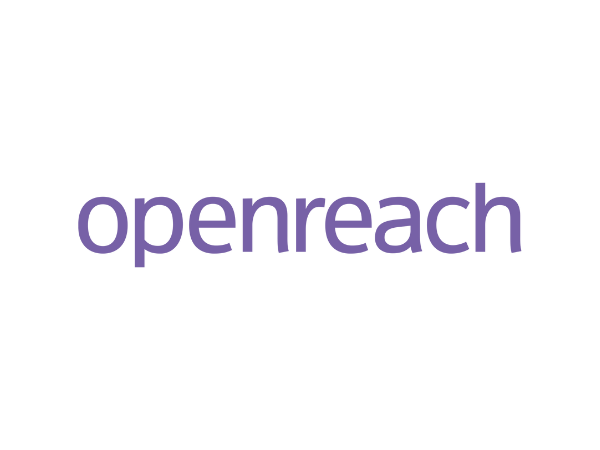We reached out to Openreach to better understand the challenges they face in moving to Digital Phonelines by 2025. We wanted to find out the things that we, and the Communications Providers we serve, need to be aware of.
What is Openreach?
Openreach run the UK’s digital network, optimising the network to the highest standards. This works well in most situations, but the effect on lift lines needs to be reviewed in more detail.
Openreach shared their advice on this topic:
Effect on lift lines
Most people don’t spend too much time thinking about lifts – which only goes to show how reliable they are. Lifts play a crucial role in keeping people and things moving, with minimum fuss.
We reached out to the industry body, the LEIA (Lift and Escalator Industry Association), so we could better understand the challenges they might face in moving to Digital Phonelines by 2025. We wanted to find out the things that we, and the Communications Providers we serve, need to be aware of.
In the UK there are over 300,000 of them – everywhere from train stations and hospitals to shopping centres, flats, and airports- of which 180,000 use PSTN lines.
Perhaps the key issue raised in these conversations has been lift alarms. Every lift has an alarm, usually a button that connects to a rescue service via a pre-programmed phone number. It works by using an auto-dialler – a piece of analogue hardware that sits on top of the lift car and is plugged into the phone line using an Openreach master socket. The rescue service is often run by the lift company – although not always- and both the lift company and the lift owner have different responsibilities. As the industry changes to Digital Phone Lines, everyone – the lift maintenance companies, the lift owners, and Communication Providers (CPs)- will have their part to play, and it’s vital that everyone knows what their responsibilities are.
Potential issues with moving to Digital Phone Lines
- The router will require a battery back up
- The provision of an Analogue Telephone Adapter (ATA) port on the router will be up to individual Communication Providers (CP)
- Mobile phone signals can be hampered by the surrounding metal
- A loss of support for high-speed Dual Tone Multi Frequency (DTMF) signalling
- The division of duty must be clear: lift alarm hardware maintenance falls to the lift company, while the router and battery backup are the responsibility of the lift owner
Supply Chain
The lift maintenance companies buy hardware, like the auto dialler, from a manufacturer and install it on top of the lift car. At this point things change- the lift owner now becomes the owner of the hardware and is usually responsible for the phone line too. As the industry moves towards Digital Phone Lines, it’s crucial that there’s clear communication between all the stakeholders in the supply chain, as both the hardware and phone line need to be upgraded.
Key Stakeholders
On one hand there are the 130+ lift maintenance companies that operate in the UK.
On the other hand, the lift owners, who range from NHS Trusts to Housing Associations, and from local councils to railway stations.
Every building with a lift will need to upgrade their alarm system to work with Digital Phone Lines.
Further information
BT Openreach factsheet: Industry (openreach.com)
LEIA article: Analogue telephone shutdown and migration to VOIP-based services
LEIA article: Telephone lines and lifts – background information
Source: Openreach recommendations for the lift industry

